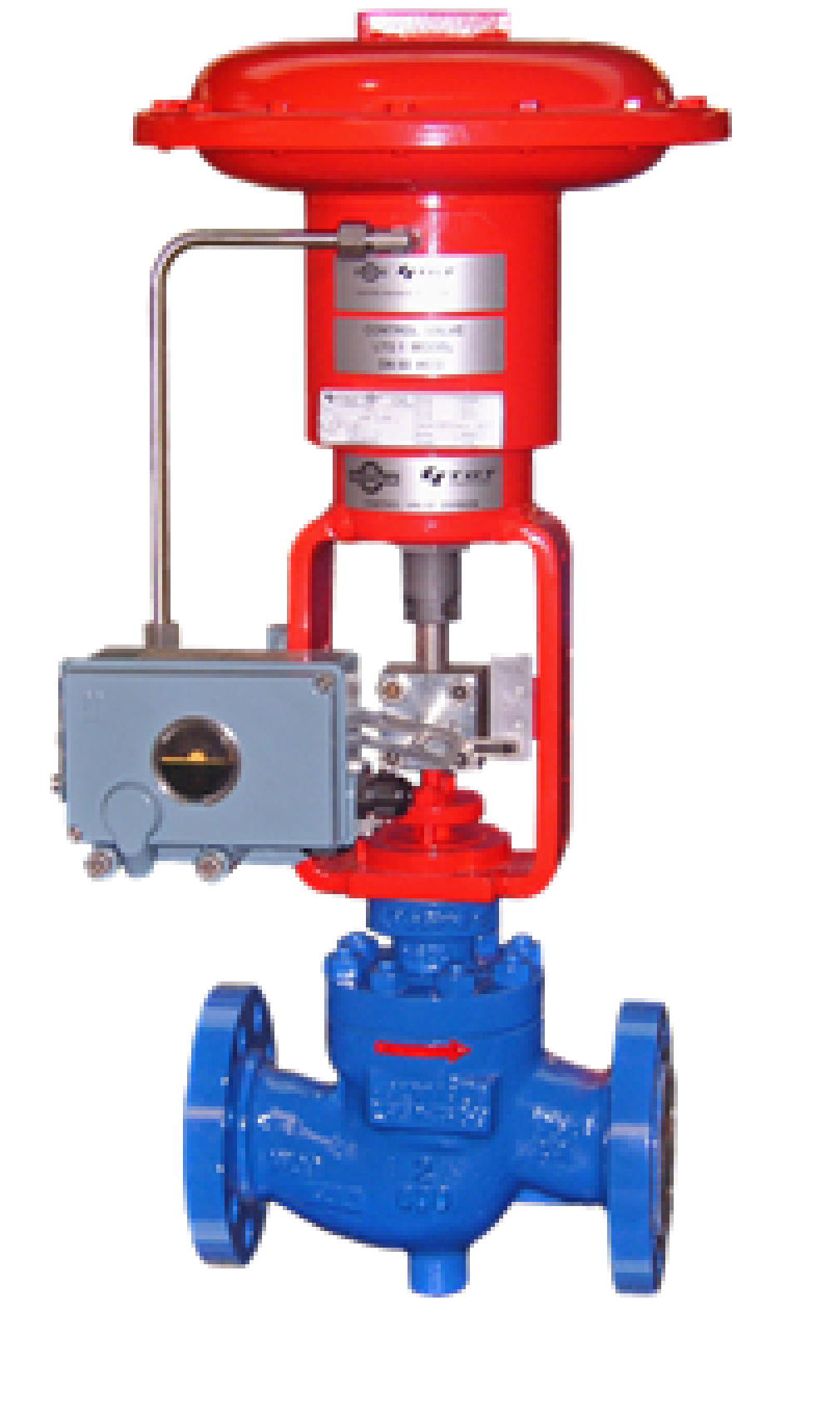Optimizing System Control with High-Performance Control Valves
Optimizing System Control with High-Performance Control Valves
Blog Article

Maximize Energy Savings and Convenience With Advanced Building Automation Controls
In the world of modern design and center monitoring, the integration of innovative structure automation regulates stands as a crucial improvement. By using the power of automation, buildings can adapt, respond, and progress in means that were as soon as unimaginable.
Energy Effectiveness Perks
Power effectiveness benefits can considerably reduce power usage and operational prices in buildings. Energy-efficient systems, such as innovative structure automation controls, can optimize the use of resources like home heating, lighting, and cooling, leading to reduced energy expenditures over time.
Additionally, improved power effectiveness can prolong the life-span of building tools and systems. By operating a lot more efficiently, heating and cooling systems, light, and other structure components experience less damage, resulting in lowered maintenance and substitute prices. Additionally, energy-efficient structures frequently command higher home worths and rental prices, offering long-lasting financial benefits to owners.
Furthermore, energy effectiveness can boost passenger comfort and efficiency. Correctly controlled interior environments with optimal lights and thermal problems create an even more positive and helpful workspace, resulting in improved worker contentment and performance. On the whole, the energy efficiency benefits related to innovative building automation controls are multifaceted, encompassing cost savings, environmental stewardship, and passenger health.
Boosted Comfort Control
Enhancing comfort control in structure atmospheres needs an innovative combination of innovative automation systems for optimal owner health. By making use of innovative structure automation controls, facilities can customize the interior setting to satisfy the specific requirements and preferences of occupants. control valves.
Boosted convenience control surpasses fundamental temperature modifications. It includes attributes such as individualized setups, tenancy sensing units, and all-natural light application to produce a vibrant and receptive atmosphere. By including these advanced controls, structures can not only improve convenience yet additionally boost power effectiveness by maximizing system procedures based on real occupancy and usage patterns. Ultimately, focusing on occupant comfort through sophisticated automation systems leads to a much more satisfying and much healthier indoor environment.
Functional Performance Improvements

Furthermore, the implementation of real-time surveillance and analytics tools enables building operators to recognize energy ineffectiveness and functional anomalies immediately. By continually keeping track of power usage patterns and system efficiency metrics, changes can be made in real-time to optimize power intake and guarantee peak operational effectiveness. control valves. Additionally, including need response strategies into structure automation controls can further improve functional performance by dynamically readjusting energy use based upon grid problems and prices signals
Indoor Climate Optimization
Efficient interior climate optimization is a fundamental aspect of building automation controls, making sure passengers' convenience and well-being while taking full advantage of power financial savings. By using innovative sensing units and controls, constructing automation systems can continuously change and keep an eye on temperature, moisture levels, air high quality, and air flow to create an ideal interior environment. Preserving consistent and comfy conditions not just enhances resident fulfillment however additionally enhances productivity and total well-being.
Interior climate optimization additionally plays a critical function in energy performance. By fine-tuning cooling, heating, and air flow systems based upon real-time data and tenancy patterns, developing automation controls can dramatically reduce power usage - control valves. Carrying out methods such as demand-controlled air flow and thermal zoning can assist lessen energy waste while making sure that each area of the building receives the needed conditioning.

Lasting Atmosphere Creation
Structure automation manages not only maximize interior climate problems for power efficiency and resident convenience however also lay the structure for producing a lasting atmosphere through critical administration of resources and systems. By integrating innovative building automation modern my explanation technologies, such as sensing units, actuators, and intelligent software program, facilities can keep an eye on and adjust energy use in real-time to lessen waste and lower their carbon impact. These systems allow anticipating maintenance, identifying possible issues before they intensify and maximizing equipment performance to boost durability and efficiency.
Additionally, sustainable setting creation prolongs past power administration to incorporate water conservation, waste reduction, and interior air quality enhancement. Structure automation controls can control water use, discover leaks, and make sure correct garbage disposal methods, contributing to overall sustainability efforts. Additionally, by keeping track of and managing ventilation and purification systems, these modern technologies boost passenger wellness and productivity while reducing energy consumption linked with cooling and heating procedures.
Verdict
Finally, progressed structure automation regulates deal why not look here substantial advantages in regards to energy cost savings, comfort control, functional performance, indoor climate optimization, and creating a sustainable atmosphere. By carrying out these controls, structures can accomplish optimum efficiency while minimizing energy intake and improving occupant comfort. It is obvious that making use of innovative automation modern technology is important in improving building performance and find creating a more sustainable future.
Energy efficiency advantages can significantly lower power usage and operational prices in buildings. In general, the energy performance advantages associated with advanced structure automation controls are complex, incorporating cost savings, ecological stewardship, and resident well-being.
Furthermore, including demand response approaches right into building automation controls can further improve functional efficiency by dynamically readjusting power use based on grid problems and prices signals.
Building automation controls not only optimize interior environment problems for power performance and resident convenience yet also lay the foundation for producing a sustainable setting with strategic administration of systems and sources.In verdict, advanced structure automation controls offer considerable advantages in terms of power financial savings, comfort control, functional performance, interior environment optimization, and developing a lasting environment.
Report this page